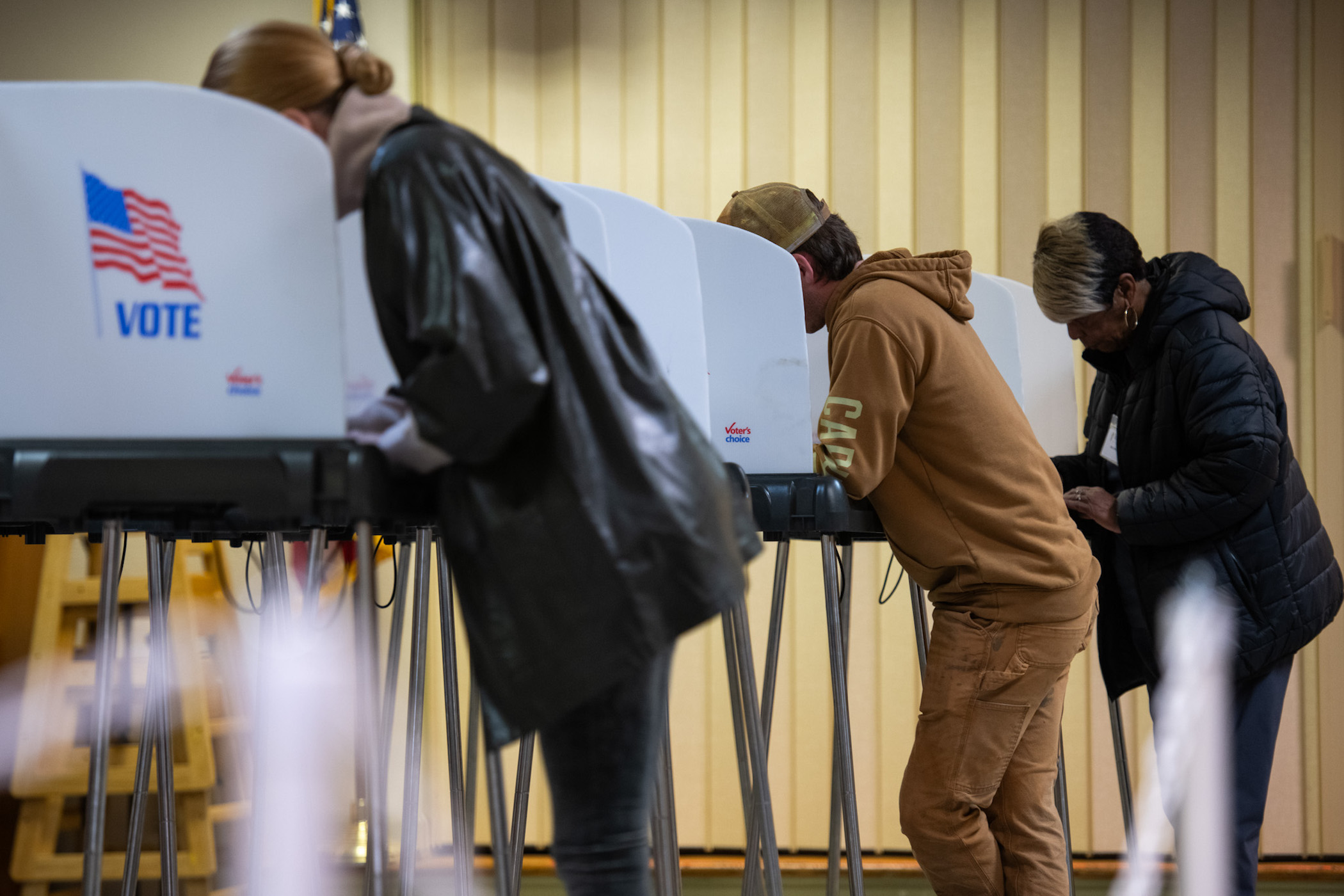The rain might make us all a bit miserable, but it can have catastrophic influences on relationships—between birds.
A small species of bird known as the Seychelles warbler, which live exclusively on five islands across the Seychelles, are much more likely to "divorce" after periods of excessively low or high rainfall, according to a new paper in the Journal of Animal Ecology.
This discovery indicates that the changing weather patterns resulting from climate change could have wide-reaching impacts on the breeding of a number of species around the globe.

In the paper, the researchers describe how they analyzed 16 years' worth of the birds' mating behavior on Cousin Island, and compared it to weather patterns during this same period of time.
Seychelles warblers are socially monogamous, meaning that a male and female form a long-term pair bond over a long period of time, usually several mating seasons or even whole lifetimes. Social monogamy is seen in around 90 percent of bird species, but if one of these bonds is broken without one partner dying, it is known as divorce.
"Divorce—terminating a pair bond whilst both members are alive—is a mating strategy observed in many socially monogamous species often linked to poor reproductive success," the researchers wrote in the paper.
About 92 percent of socially monogamous bird species have been observed to undergo divorce at some point, with varying divorce rates between species.
In the Seychelles warbler in particular, annual divorce rates varied between 1 and 16 percent during the study period.
Notably, the researchers found a link between the divorce rate of this species and fluctuations in rainfall, with more divorces in years where rainfall was abnormally low or high compared to years with moderate rainfall.
"We analyzed 16 years of data and found a complex, non-linear relationship between rainfall patterns and divorce rates, with divorce being more likely during years of both low and high rainfall," said study co-author Frigg Speelman, a PhD candidate in behavioral ecology at Macquarie University.
"This relationship was notably influenced by an extreme climatic event—the 1997 El Niño-induced rainfall spike."
If the 1997 heavy rainfall event was excluded from the data, there was a strong association between higher rainfall and lower divorce rate, however, after the 1997 rainfall, there was also a huge spike in divorce rate.
"We consider 1997 to be biologically valid, as it shows the effects of the heavy rainfall events predicted to become more prevalent because of future climate change," the researchers wrote in the paper.
These findings may arise because lower rainfall decreases food availability, while higher rainfall limits the birds' ability to maintain their body temperature, and also damages their habitats and nests.
"This [result] could result from rain impacting reproductive success, possibly by affecting food availability and parental trade-offs between investing in current versus future reproductive success," the researchers wrote.
The observed pattern also may be due to high and low rainfall leading to increased levels of physiological stress in the birds, which is a major factor in mate selection.
The researchers found no direct link between divorce probability and reproductive success, or the number of offspring produced, meaning that there are likely other factors at play influencing the divorce rate.
In the face of a rapidly changing climate, these findings are concerning for the Seychelles warbler, which is already facing conservation challenges, as well as other species of bird around the globe.
"Any species requires specific physical and biological conditions and resources for its survival: things like temperature, humidity, sunlight, but also their interactions with other living organisms—e.g., preys, predators, competition for food and shelter, etcetera," Frédérik Saltré, a research fellow in ecology at Australia's Flinders University who was not involved in the research, previously told Newsweek.
"These factors make up a species' 'niche' which determines its geographic distribution. Climate change disrupts these conditions—like temperature, rainfall and food availability—pushing habitats beyond species' tolerance and making these areas uninhabitable," he said.
Previous studies have also found links between temperature and divorce rate, so the increased temperatures and changing rainfall patterns may wreak havoc on bird social systems.
"As climate change intensifies, it is critical to understand how fluctuations in environmental conditions, such as rainfall, affect the stability of socially monogamous species," said Speelman.
"This research not only enhances our understanding of animal behavior in the face of climate variability but also provides valuable insights that could inform conservation efforts for species vulnerable to the effects of climate change."
Do you have a tip on a science story that Newsweek should be covering? Do you have a question about birds? Let us know via science@newsweek.com.
References
Bentlage, A. A., Speelman, F. J. D., Komdeur, J., Burke, T., Richardson, D. S., & Dugdale, H. L. (2024). Rainfall is associated with divorce in the socially monogamous Seychelles warbler. Journal of Animal Ecology. https://doi.org/10.1111/1365-2656.14216



















 English (US) ·
English (US) ·